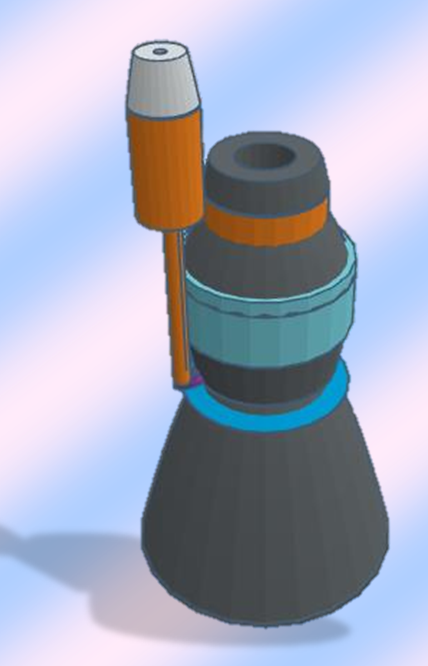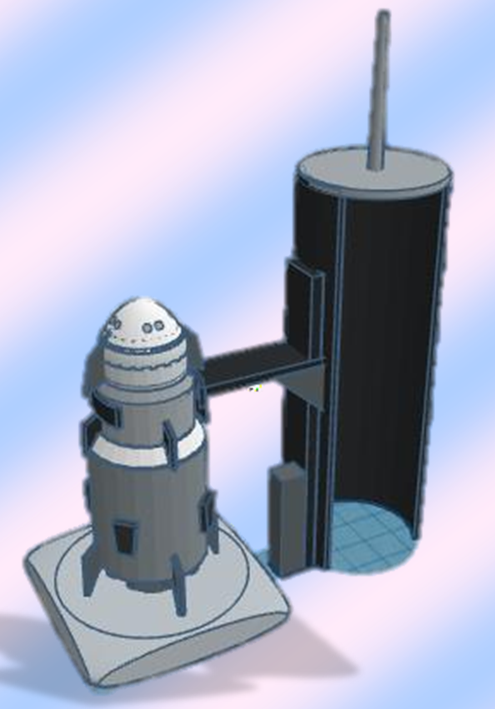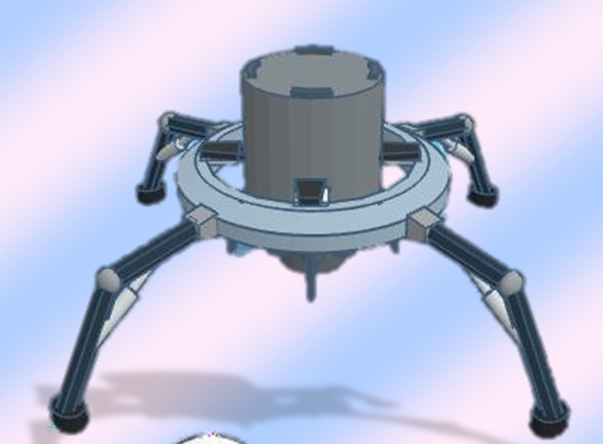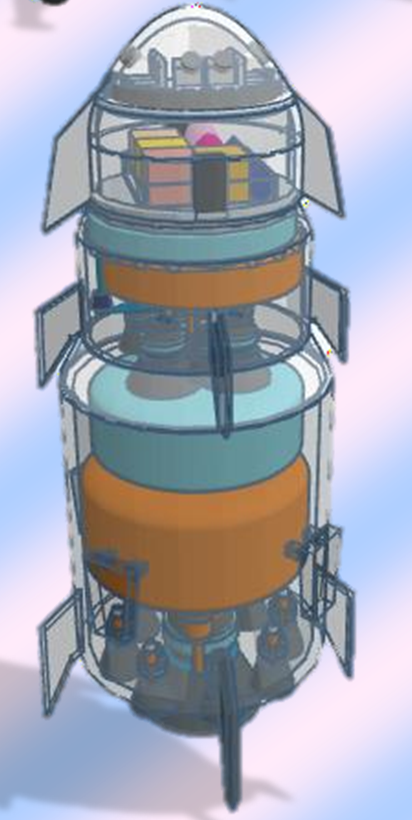-
bookCourses
MARS EXPEDITION MISSION OVERVIEW
STRUCTURE
ENGINE

n makes it feasible to increase the chamber pressure which increases efficiency.
FUEL
The engine is powered by cryogenic liquid methane and liquid oxygen.The reason for using liquid methane as a fuel in this vehicle for mars mission is that, methane can be synthesised on Martian surface itself by combining carbon dioxide from Martian atmosphere and water from ice on mars, this process is known as Sabatier process. Using liquid methane prevents a build- up of deposits in the engine compared to other fuels like kerosene, which makes these engines readily reusable.It also enables us to store more fuel as it occupies less volume due to its higher density.
FIRST STAGE (SWIFT)
The first stage of this two-stage vehicle will be a launch vehicle that will place the DESTINY spacecraft in the earth’s orbit.Engines of the launch vehicle are arranged in an octa-web
structure in which eight side engines are arranged in a symmetrical structure around an engine at the centre.
This structure helps reduce the complexity of the engine mechanism. The rocket is fitted with navigation and control systems to control and guide the rocket on its path, the fins attached on its body also help in steering and changing its direction. SWIFT will launch from the launch pad on the earth along with DESTINY; escape from the earth’s atmosphere and will place it in the earth’s orbit. After that the SWIFT will return back to the earth by retarding with the help of remaining fuel and will be caught by a catching and landing pad.
After landing on earth the launcher will be immediately available for another launch.
SECOND STAGE (DESTINY)
After the DESTINY is placed in the earth’s orbit by the rocket, it will continue its journey to mars following the Hohman transfer principle. The spaceship is capable of carrying 100-120 tons of payload (including crew) to MARS.All the electrical components in the spaceship will be powered by solar energy from the solar panels.
The DESTINYwill enterMars’atmosphere with a speed of about 7.5 kilometres per second and decelerate aerodynamically to achieve a successful landing on the Martian surface.The vehicle is provided with a double layer of stainless steel with water between these two layers to cool the body and provide a heat shielding during the entry of DESTINY in the Martian atmosphere.
The DESTINY will try to align itself (with the help of some onboard sensors) in a position so as to land straight on the surface of “MIGHTY MARS”.
PHOTOS
Left: First stage
Rocket (SWIFT)
Centre: Full Rocket Model
Right: Second stage (DESTINY)

ROCKET ON LAUNCHING PAD

CATCHING AND LANDING PAD FOR SWIFT

TRANSPARENT VIEW OF THE ROCKET (SWIFT AND DESTINY)
